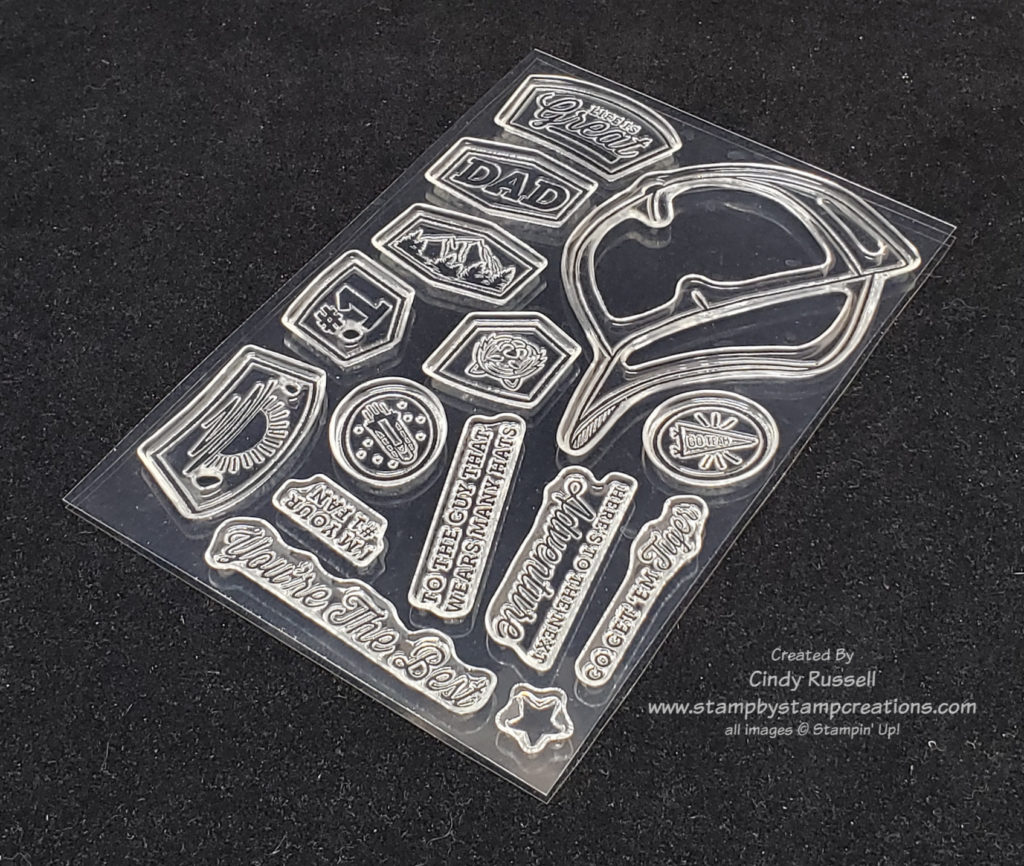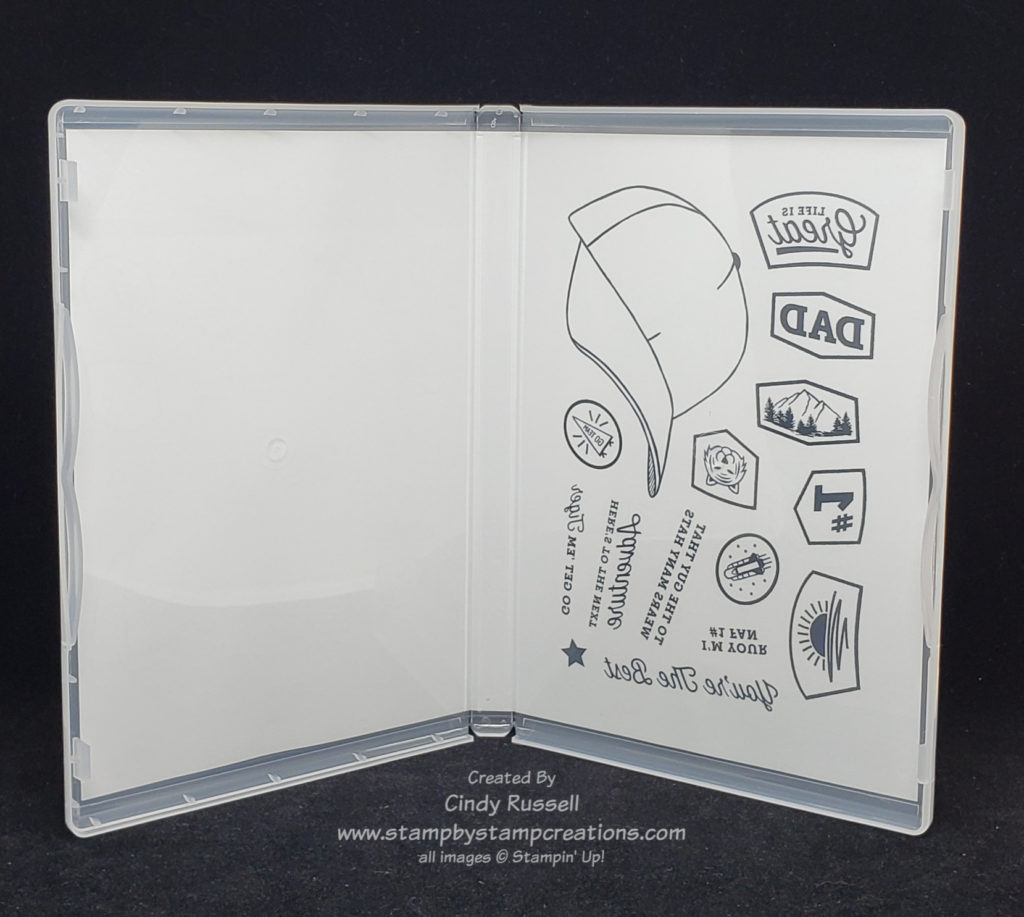One of the major Tools of the Trade for paper crafters, especially those of us that stamp, would be….stamps! I can’t believe I haven’t talked about them yet.

Stampin’ Up! makes two different types of stamps, photopolymer and cling. Today I want to talk about Photopolymer. Photopolymer stamps are the transparent, harder rubber stamps. They are perfect when you need precise alignment. You’ll find that most Two-step stamping and scene-building stamp sets are photopolymer.
The thing I love about photopolymer stamps is that you can see exactly what and where you are stamping. I especially like this when using words or sentiments. I wish all words and sentiments were photopolymer! 😊
Here’s how Stampin’ Up! describes their photopolymer stamps: “Our top-quality photopolymer stamps are entirely transparent for perfect image placement, and they adhere well to our clear blocks. They’re flexible and easy to line up, giving you even more creative possibilities with each set. You can mix and match, bend, and layer images easily.”
Tips for working with photopolymer stamps:
- Don’t just tap a photopolymer stamp on the ink pad. Let it sit a few seconds to pick up the ink.
- When stamping, let a photopolymer stamp sit on the paper for a few seconds before lifting it up.
- You can’t color directly on the photopolymerstamp with Stampin’ Write markers like you can with red rubber (cling) stamps.
- Use a Stampin’ Pierce Mat for even pressure and ink coverage when using photopolymer stamps.
- Photopolymer stamps don’t work well with StazOn ink. The ink makes the stamp sticky and it could pull up some of the paper you are stamping on. If you do use StazOn ink with a photopolymer stamp be sure to clean the stamp immediately (but not with StazOn Cleaner).
- Do not us StazOn Cleaner on photopolymer stamps. It could ruin your stamps.
- Photopolymer stamps stain easily but this does not affect their use.
- You can bend photopolymer stamps. If you have a long stamp you may want to lay it on the table in front of you and place the block on the stamp to make sure it stays straight.
- On the other hand, you can curve your long photopolymer stamp if you want.
- It’s best to use the Simply Shammy to clean photopolymer stamps as they can pick up lint and fibers from any type of wipe.

In the photo above you can see that Stampin’ Up!’s photopolymer stamps come sandwiched between two sheets of plastic. Older stamp sets will have the images printed on the harder piece of plastic so you can make sure you get them all back in the case when you’re done with your project.
New stamp sets will have the images printed on the paper sleeve of the stamp case. This is nice because you can then get rid of those sheets of plastic.
I do love my photopolymer stamps. How about you? Leave a comment and let me know what you think of photopolymer stamps! Have a great day! Take care and Happy Stamping!
